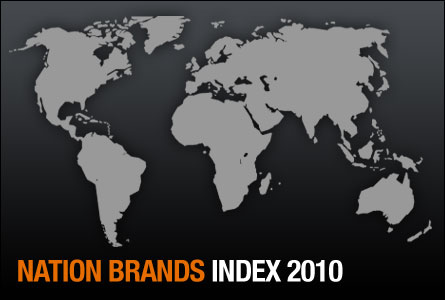Are you a diplomat? For most of you, your initial reaction will presumably be "no". Well think again, because according to a growing perception by fellow peers as well as scholars and practitioners alike, you are indeed- a citizen diplomat. It should be noted that although the concept of citizen diplomacy is deeply contested, it is gaining salience in today's world. (Legeuy-Feilleux, 2009)
Historically, vast geographical distances made interaction between different peoples almost an exclusive elite enterprise. Today, in contrast, these distances have shrunk as technological and communications advances coupled with low-cost travel have brought people closer than ever before.
Moreover, with more messages and actors competing for an audience on a global scale, “an ambassador is now but one of many figures and forces influencing relations between nations and peoples” (Watt, 2003). In this environment citizen diplomats can serve as a great source of influence on the international stage. More often than not cultural barriers coupled with distrust of foreign governments or states distort the message emanating from the state in question- this is precisely where Citizen Diplomacy fits in. According to Joseph Nye private individuals are the best suited actors in terms of “conveying information and selling a positive image abroad” (Nye, 2010). This is because private individuals are more credible than officials by virtue of being “ordinary”. Further to this, Caroline Clennell-Jaine explains that individuals are perceived to have less of an agenda. (Clennell-Jaine, 2010 and Nye, 2010)
Thus by countering misconceptions and negative images and establishing ties with other individuals, citizen diplomats have the power to create a positive image of their country and culture. This then serves to “extend and expand” the reach of the career diplomat, and in the view of US ambassador Linda E. Watt:
“…greatly improves the socio-political context of mutual understanding within which I must articulate and promote US policies and interests” (Watt, 2003).

So far, the picture painted of Citizen Diplomacy seems very dandy and rosy, although we all know nothing ever is. There is a hesitation or even reluctance among Foreign Ministries about citizen diplomats which mainly stems from the necessity to relinquish some control and a disagreement over how to best engage with citizen diplomats. Furthermore, there are scholars who argue that citizen diplomats in fact only represent themselves. (Sharp, 2001)
With that said, I genuinely believe that private individuals most strongly shape the perceptions we have of countries and cultures. Thus it is possible for individuals to counter negative perceptions and make at least part of a foreign audience more receptive to the message state officials are disseminating. However, it is equally possible for citizens to deepen negative impacts through interaction with others. It remains to be seen in which way governments capitalize on Citizen Diplomats in the near future.
SOURCES:
Clennell-Jaine, Caroline(2010), “”Citizen to Citizen Diplomacy”, Diplomat Magazine, May 22, http://www.diplomatmagazine.com/index.phpoption=com_content&view=article&id=278&Itemid=
Combatants for Peace, http://cfpeace.org/
Legeuy-Feilleux, Jean-Robert (2009), “The Dynamics of Diplomacy”, Lynne Rienner Publishers, Colorado
Nye, Joseph(2010), “The Pros and Cons of Citizen Diplomacy”, New York Times, October 4, http://www.nytimes.com/2010/10/05/opinion/05iht-ednye.html?_r=2
Sharp, Paul(2001), “Making Sense of Citizen Diplomats: The People of Duluth, Minnesota, as International Actors”, International Studies Perspectives, vol.2, p.131-150
Watt, Linda E. (2003), “People to People Diplomacy Remarks”, Embassy of the United States in Panama, June 12, http://panama.usembassy.gov/sp061203.html




